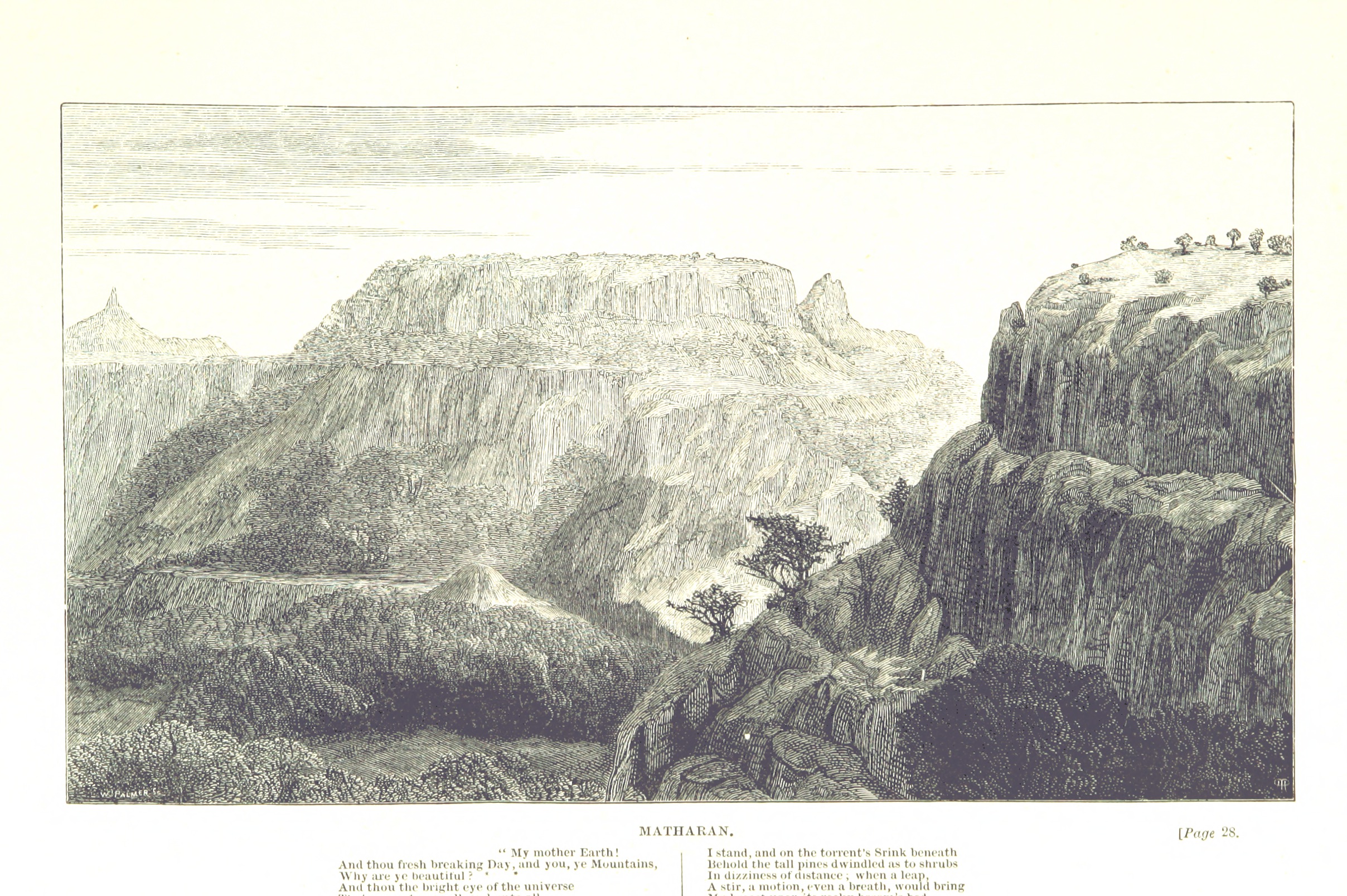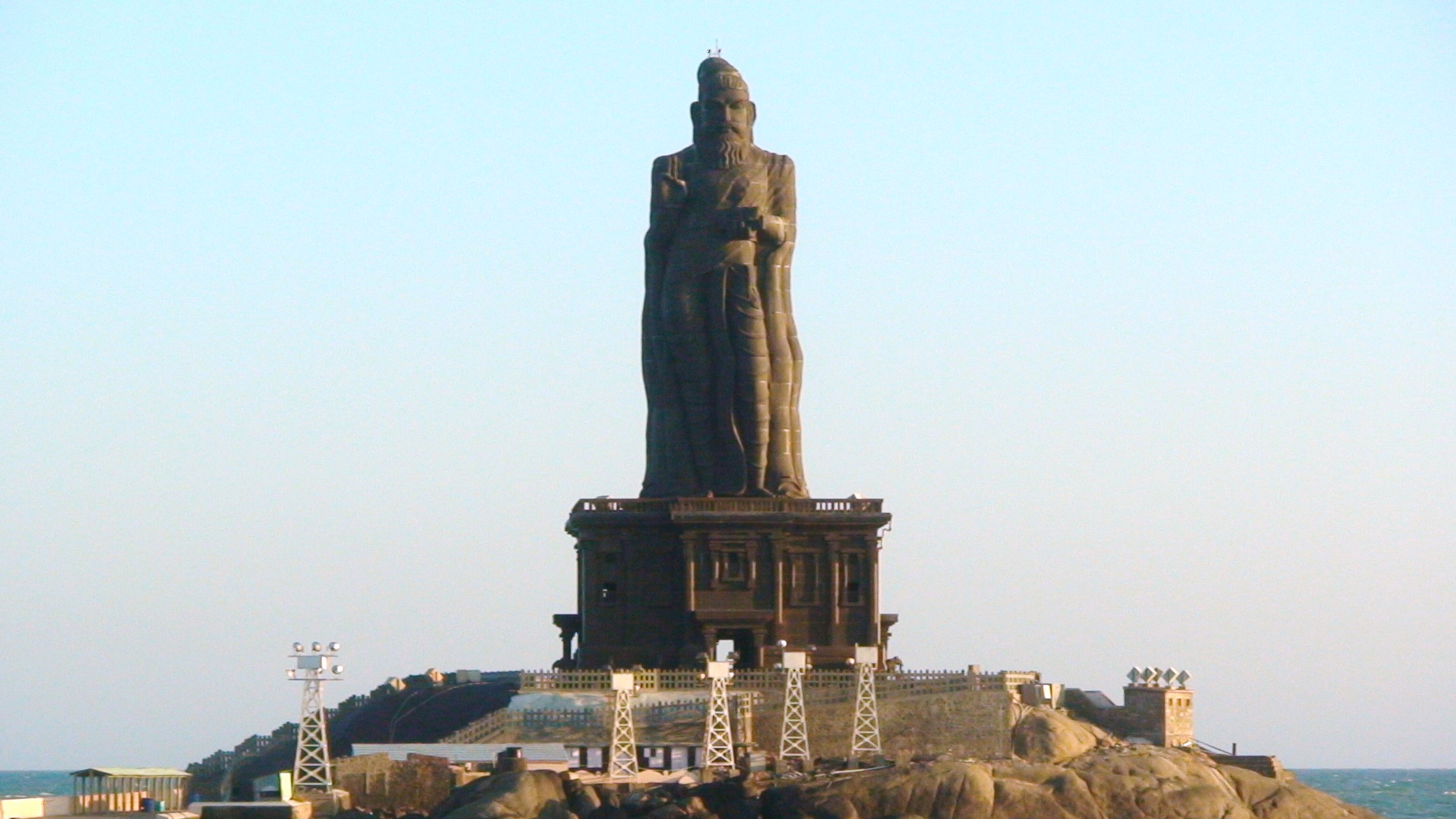|
Flacourtia Montana
''Flacourtia montana'' is a plant in the family Salicaceae. It is native to southern Asia. The species presents as a tree up to 20 m in height. Description The tree can attain height about 25 m and girth up to 1.7 m. Tree trunk will be covered with sharp stout thorns at its base. Young parts of the tree is hirsute and young leaves are reddish. Leaves are simple and shows alternate phyllotaxy. Petiole is pubescent with a length of 0.3-0.8 cm. Lamina size: 7-15 × 4-8 cm. Leaf shape is elliptic-oblong with acuminate leaf apex and crenate leaf margin. The leaf is 3-nerved at the base with 4-7 pairs of secondary nerves. Flowers are dioecious, seen in axillary cymes. Fruits are spherical, smooth, scarlet red, with a size of 1-1.5 cm across. Distribution This is a common tree in evergreen and semi-evergreen forests from Matheran to Kanyakumari. The elevation range is 150-1100 m. Gallery File:Flacourtia montana Graham 01.jpg File:Attak (Kannada- ಅಟ್ಟಕ) (3206301233).jpg ... [...More Info...] [...Related Items...] OR: [Wikipedia] [Google] [Baidu] |
Salicaceae
The Salicaceae is the willow family of flowering plants. The traditional family (Salicaceae ''sensu stricto'') included the willows, poplar, aspen, and cottonwoods. Genetic studies summarized by the Angiosperm Phylogeny Group (APG) have greatly expanded the circumscription of the family to contain 56 genera and about 1220 species, including the Scyphostegiaceae and many of the former Flacourtiaceae. In the Cronquist system, the Salicaceae were assigned to their own order, Salicales, and contained three genera (''willow, Salix'', ''Populus'', and ''Chosenia''). Recognized to be closely related to the Violaceae and Passifloraceae, the family is placed by the APG in the order Malpighiales. Under the new circumscription, all members of the family are trees or shrubs that have Simple leaf, simple leaves with Phyllotaxis, alternate arrangement and temperate members are usually deciduous. Most members have serrate or dentate leaf margins, and those that have such toothed margins all e ... [...More Info...] [...Related Items...] OR: [Wikipedia] [Google] [Baidu] |
Matheran
Matheran is an automobile-free hill station and a municipal council in the Karjat taluka of the Raigad district located in the Indian state of Maharashtra. Matheran is part of the Mumbai Metropolitan Region, and one of the smallest hill stations in India. It is located in the Western Ghats, at an elevation of around 800 m (2,625 feet) above sea level. It is about 90 km from Mumbai, and 120 km from Pune. This proximity to these urban areas makes it a weekend getaway for many. Matheran, which means "forest on the forehead" (of the mountains) in Marathi, is an eco-sensitive region, declared by the Ministry of Environment, Forest and Climate Change, Government of India. It is Asia's only automobile-free hill station. There are many hotels and Parsi bungalows in the area. Old British colonial architecture is preserved in Matheran. The roads are made of red laterite earth. History Matheran was identified by Hugh Poyntz Malet, the then district collector of Raig ... [...More Info...] [...Related Items...] OR: [Wikipedia] [Google] [Baidu] |
Kanyakumari
Kanniyakumari (; , referring to Devi Kanya Kumari), also known as Cape Comorin, is a city in Kanniyakumari district in the state of Tamil Nadu, India. It is the southern tip of the Indian subcontinent and the southernmost city in mainland India, thus referred to as 'The Land's End'. The city is situated south of Thiruvananthapuram city, and about south of Nagercoil, the headquarters of Kanniyakumari district. Kanniyakumari is a popular tourist destination and pilgrimage centre in India. Notable tourist spots include its unique sunrise and sunset points, the Thiruvalluvar Statue and Vivekananda Rock Memorial off the coast. Lying at the tip of peninsular India, the town is bordered on the west, south and east by the Laccadive Sea. It has a coastal line of stretched on the three sides. On the shores of the city is a temple dedicated to Goddess Kanniyakumari (the virgin Goddess), after which the town is named.https://thehinduimages.com/details-page.php?id=157918128 ... [...More Info...] [...Related Items...] OR: [Wikipedia] [Google] [Baidu] |


